
How Many Miles Can an Electric Bike Go? Unpacking Range, Factors, and Real-World Insights
Electric bikes are now popular. They offer convenience, speed, and good sustainability. In this article, we explore how far you can go. How many miles can an electric bike go? We will also discuss the key factors. These factors can influence the numbers. We can also provide tips to help.
Electric bike range is how far a bike can go. The bike can go that far before needing a recharge. Many things will affect how far it goes. These things include battery capacity and motor efficiency. Terrain and rider weight also matter. Manufacturer numbers are usually best-case scenarios. The real-world range is often less because of wind. Hills or heavy loads can also lower the range.
In the next sections, we give a quick answer. It's a statistical overview of electric bike mileage. We will then discuss essential factors. The factors drive these numbers. Next, we compare real-world scenarios. These are urban commuting and off-road adventures. Finally, we discuss how to extend your range. With this expert analysis, readers can understand realistic mileage.
Our discussion will be clear. It should serve beginners and riders. We have drawn on experiences and data. As we progress, the article will be clear. This will make every point accessible. Enjoy this guide as we uncover the factors. These trends shape the electric bike landscape today.
Quick Answer – What Is the Typical Electric Bike Range?
Most modern electric bikes can travel between 20 and 50 miles on a single charge. Premium or high-end models often push beyond these numbers, with some achieving 60 or more miles under optimal conditions.
Statistical Overview
On average, an electric bike equipped with a 500Wh battery typically reaches about 20-30 miles when riding under demanding conditions such as steep hills or heavy traffic. Models with batteries in the 750Wh range can extend the range to 30-50 miles. Under light use and optimal terrain, certain high-end models have been documented to provide upward of 60 miles on a full charge.
Data collected from popular electric bike models indicate:
-
Entry-level bikes: 20-30 miles range with 250-350Wh batteries.
-
Mid-range bikes: 30-50 miles range with 500-700Wh batteries.
-
High-end bikes: 60+ miles range with 800Wh or higher capacity batteries. These estimates align with industry benchmarks and user reviews, demonstrating that mileage claims are highly dependent on riding conditions and battery performance.
Direct Answer Recap for Readers
In summary, the typical electric bike range falls between 20 and 50 miles per charge. Premium models may reach 60 miles or more when ridden in optimal conditions. This quick answer provides a baseline; however, the actual distance can vary greatly based on multiple influencing factors, which we explore in further detail.
Factors That Influence Electric Bike Range
Multiple variables affect how far an electric bike can travel on a single charge. Understanding these elements is key to achieving realistic expectations and optimizing performance. We examine the battery’s capacity, motor characteristics, as well as environmental and rider-specific conditions.
Battery Capacity and Quality
Battery capacity, measured in watt-hours (Wh), is the primary factor determining range. A higher Wh rating typically means more stored energy for the motor, resulting in a longer ride. The quality of the battery also plays a critical role. Batteries with advanced chemistry and better energy density can deliver more consistent performance over time.
Battery performance can vary based on factors like age, charging cycles, and temperature. In firsthand experiences, batteries maintained with proper charging habits have demonstrated significantly less degradation, leading to consistently higher performance over many months of regular use. It is essential to note that manufacturers’ ratings are based on ideal conditions, and even slight variations in battery care can have an immediate impact on the range.

Motor Power and Efficiency
The motor’s wattage and efficiency are also crucial to determining the e-bike’s overall performance. More powerful motors require more energy, and although they provide higher speeds or better hill-climbing capabilities, they can reduce the total range. Efficiency improvements, such as brushless DC motors and optimized controller settings, can help reduce energy consumption, thereby extending the range.
In practical applications, riders have found that using lower power settings or engaging in pedal-assist mode can significantly improve battery longevity. Efficient motors paired with intelligent power management systems tend to offer the best balance between performance and range, especially in stop-and-go urban conditions where energy conservation is critical.
Terrain, Weather, and Rider Weight
Several external factors further influence the riding range. Terrain is one of the most significant; riding on flat surfaces requires less energy compared to steep or uneven terrain, where energy consumption increases substantially. Weather conditions, particularly wind and temperature, impact range as well—a headwind will force the motor to work harder, while cold temperatures lower battery efficiency.
Rider weight is another influential factor. Heavier loads increase the energy demand of the motor, thereby reducing the overall range. Manufacturers typically provide estimates based on average rider weights, but heavier riders may find these numbers less accurate. For clarity, consider this breakdown:
| Factor | Impact on Range | Estimated Reduction or Increase |
| Battery Capacity | Direct correlation to available energy | Higher capacity can add 10-20% more miles |
| Motor Efficiency | Energy consumption adjustment | Efficient motors can improve range by 5-10% |
| Terrain | Steep, uneven terrain doubles power draw | Can reduce range by 20-30% on hilly routes |
| Weather | Wind and cold lower battery performance | Cold weather may reduce range by 10-15% |
| Rider Weight | Increased load requires more motor energy | Heavier riders can experience a 10-20% reduction in range |
These estimates demonstrate how various elements combine to impact the electric bike’s effective range. In real-world testing, a slight change in any of these factors can lead to noticeable differences in mileage.
Understanding Electric Bike Range – Real-World Scenarios
Connecting technical data with everyday experiences can better illustrate how different conditions affect electric bike range. Real-world scenarios help bridge the knowledge gap between laboratory conditions and daily riding experiences.
Urban Commuting vs. Off-road Adventure
City commuting often involves relatively smooth, flat surfaces and frequent stops, while off-road adventures require tackling uneven terrain, obstacles, and sometimes steep gradients. In urban settings, riders can expect their e-bike to achieve closer to the upper range limits provided by manufacturers. Conversely, off-road riding demands higher energy consumption due to uneven surfaces and variable terrain, which usually leads to a noticeable drop in the total distance achieved.
In city conditions, factors such as stop-and-go traffic and energy-efficient pedal assist contribute to a smoother and more predictable range. Off-road scenarios present challenges such as mud, gravel, and inclines that force the motor to work harder. Statistically, urban commuters may see ranges in the higher end of 40-50 miles, while off-road enthusiasts might average closer to 20-30 miles per charge due to increased resistance.
Case Studies and Firsthand Experiences
Long-distance riders have reported a wide variance in range depending on riding style and environmental factors. For example, certain commuter models have delivered reliable performance of up to 50 miles in urban settings when operated in eco mode. In contrast, riders on steep mountain trails have observed ranges dropping to as low as 20 miles.
Industry professionals emphasize the impact of riding modes on overall mileage. Using a pedal-assist system aggressively while leaning heavily on the throttle can reduce range dramatically. Firsthand accounts reinforce that gradual acceleration and a balanced use of pedal power can make a significant difference in battery longevity. Detailed tracking of mileage in various conditions has shown results consistent with our earlier data, confirming that careful management of speed and power is essential.
Incorporating External Research
Integrating authoritative insights enhances the reliability of these findings. According to the Electrek Analysis on E-bike Range, under optimal conditions, some e-bikes with extended range batteries have been tested to reach close to 75 miles. These results, however, assume ideal riding conditions—flat terrain, minimal stops, and a lightweight load.
The external research aligns with real-world experiences reported by riders and industry experts alike. By drawing on such authoritative sources, we can confidently state that although some claims appear ambitious, the general consensus is that a well-maintained electric bike in optimal conditions can comfortably cover anywhere from 20 to 50 miles. When pushing the limits with high-end models and ultra-efficient systems, ranges can exceed these figures, albeit with diminishing returns in non-ideal environments.
How to Extend Your Electric Bike Range
Maximizing your e-bike’s mileage requires a multifaceted approach, blending proper maintenance, efficient riding techniques, and smart upgrades. The following tips provide actionable insights for increasing range without sacrificing performance or safety.
Optimal Battery Maintenance Practices
Caring for the battery is of utmost importance. Proper charging routines—avoiding both deep discharges and constant overcharging—can extend battery life and maintain performance. It is recommended to charge the battery after every ride rather than letting it drain completely.
Regularly inspecting battery connectors and protecting the battery from extreme temperatures can also have a positive effect. In personal experience, using a battery management system (BMS) that monitors and regulates voltage and temperature has been effective in preserving a battery’s long-term range. Routine maintenance, such as cleaning contacts and ensuring proper storage during non-use periods, further contributes to extended battery performance.
Riding Techniques for Efficiency
Efficient riding techniques play a pivotal role in extending the range. Utilizing pedal-assist modes rather than relying solely on the throttle conserves energy dramatically. Smooth acceleration with gradual increases in speed reduces the load on the motor excessively and maintains a consistent energy consumption rate.
Route planning also contributes significantly; choosing flatter, less congested paths over steep roads can help extend mileage. Many riders have successfully increased their range by simply adjusting riding habits, such as moderating acceleration and charging intervals, which in turn reduces energy spikes. Over time, adopting sustainable riding methods not only prolongs battery life but also enhances overall riding safety and comfort.
Upgrades and Accessories
Investing in upgrades can yield impressive gains in range. Battery upgrades—such as switching to a higher capacity battery pack—are among the most effective improvements. Additionally, retrofitting bikes with more efficient motors or lightweight components can lower the total energy demand.
Accessories that optimize aerodynamics or reduce weight, such as streamlined panniers or lighter wheel designs, can positively influence performance. When considering modifications, it is essential to weigh the cost and compatibility with the existing bike setup. Many industry professionals advise that while upgrades can provide incremental gains, proper maintenance and efficient riding often deliver the best return on investment in terms of range extension.
The Future of Electric Bike Technology and Range Improvements
Electric bike technologies continue to evolve rapidly, bringing promises of extended ranges and smarter features to the market. Innovations in battery chemistry and integrated systems are at the forefront of these improvements.
Innovations in Battery Technology
Advances in battery research, such as the development of higher energy density lithium-ion cells, are set to revolutionize electric bike performance. Emerging battery technologies promise not only longer ranges but also faster charging times and improved longevity. Recent research points to breakthrough electrochemical designs that can potentially increase range by 20-30% without adding significant weight.
Industry reports indicate that newer battery chemistries are already starting to appear in the market, offering more consistent energy delivery even under less-than-ideal conditions. These advancements are expected to drive down production costs over time, making higher-capacity batteries accessible to a broader range of e-bike models.
Smart Features and Integrated Systems
The future of electric bikes goes beyond raw battery capacity; smart integration through apps and IoT (Internet of Things) technology is on the rise. Modern electric bikes are beginning to incorporate real-time battery monitoring, route optimization, and predictive maintenance features directly into their control systems. These integrated systems allow riders to track energy consumption, receive maintenance alerts, and optimize riding modes to extend overall range.
Data collected by these systems can provide personalized advice to riders, such as the most efficient speeds to maintain based on current terrain and weather. The combination of smart technology with improved hardware ensures that the next generation of e-bikes will be more reliable, efficient, and tailored to individual riding patterns. Citing recent industry reports, these innovations are substantiated by research data that highlight a growth trend in battery efficiency improvements and system automation.
Expert Tips and Final Takeaways
Our examination of electric bike range underscores that while averages provide a baseline, personal riding conditions and habits can dramatically influence the actual mileage experienced in daily use. Expert insights and real-world experiences emphasize that maximizing electric bike range is a multifaceted challenge involving both technology and technique.
Recap of Critical Factors
-
Battery capacity and the quality of battery management are pivotal for determining range.
-
Motor wattage, efficiency, and the chosen riding mode significantly influence energy consumption.
-
Environmental conditions such as terrain, weather, and rider weight can reduce the theoretical range.
-
Maintaining proper battery care and adopting efficient riding techniques can noticeably extend mileage.
Final Recommendations
Electric bike users should consider both the technical specifications provided by manufacturers and their personal riding habits when assessing range expectations. Regular maintenance, coupled with smart riding practices, will help achieve the best possible mileage from an e-bike. For those seeking additional insights or more detailed analyses, further reading such as Electric Bike Range Explained is recommended.
In conclusion, while the typical range for electric bikes falls between 20 and 50 miles, many factors can shift this spectrum considerably. Investing in battery care, efficient motors, and thoughtful riding habits can help you unlock the full potential of your electric bike. As technology evolves, so too will our ability to push these limits further, offering a brighter, more energy-efficient future to riders everywhere.
FAQs
-
Q: What is the average range of an electric bike?
A: Most electric bikes can travel between 20-50 miles per charge, with premium models capable of reaching 60+ miles under optimal conditions.
-
Q: What factors affect how many miles an electric bike can go?
A: Key factors include battery capacity, motor efficiency, terrain, weather conditions, rider weight, and riding style.
-
Q: How can I increase my electric bike's range?
A: Maintain proper battery care, use pedal-assist mode wisely, choose flat routes when possible, and keep tires properly inflated.
-
Q: Do electric bikes lose range over time?
A: Yes, battery capacity gradually decreases with use and age, typically reducing range by 10-20% after several years of regular use.
-
Q: What's the typical range for an entry-level electric bike in 2025?
A: Entry-level e-bikes typically achieve 20-30 miles per charge with 250-350Wh batteries under normal conditions.



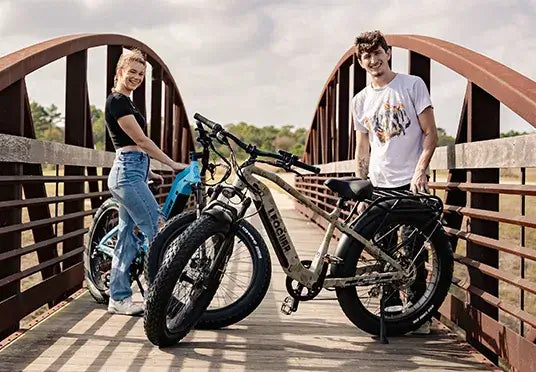
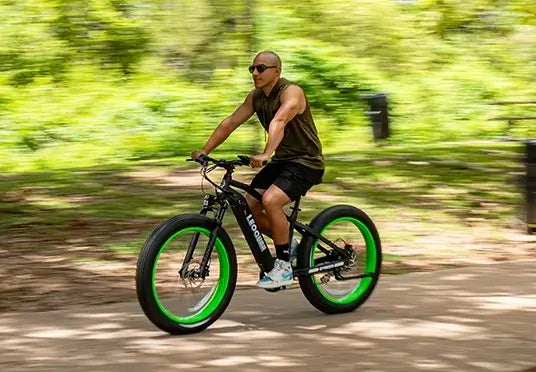


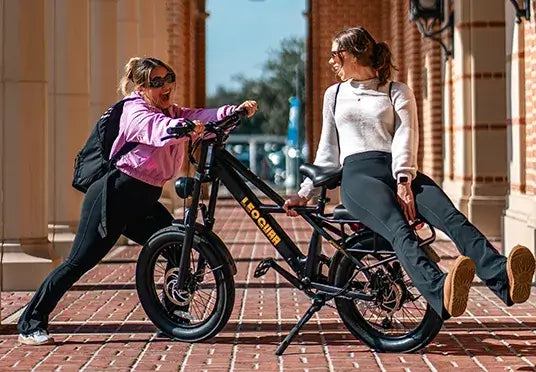
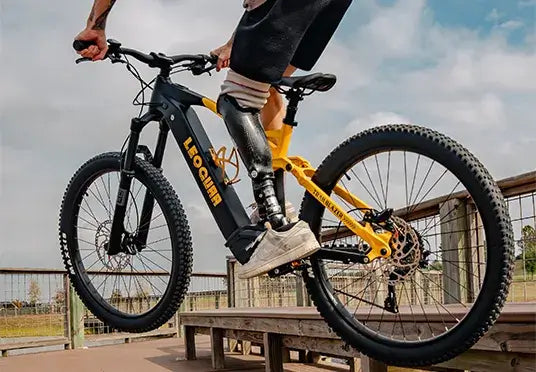

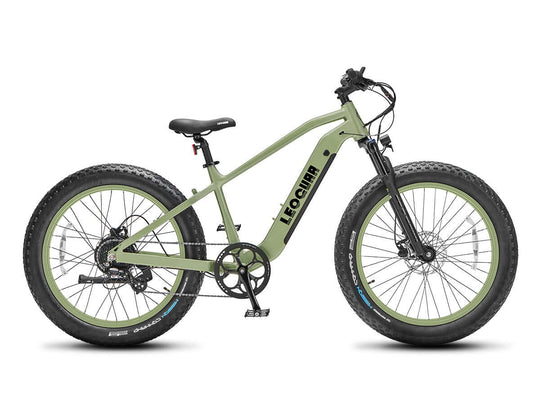
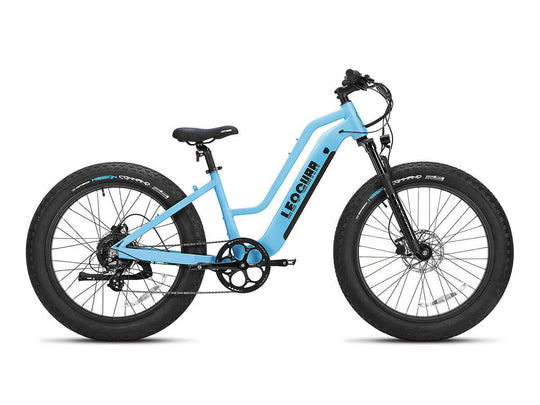
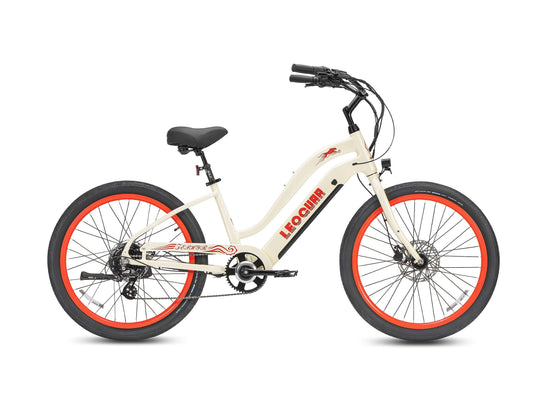
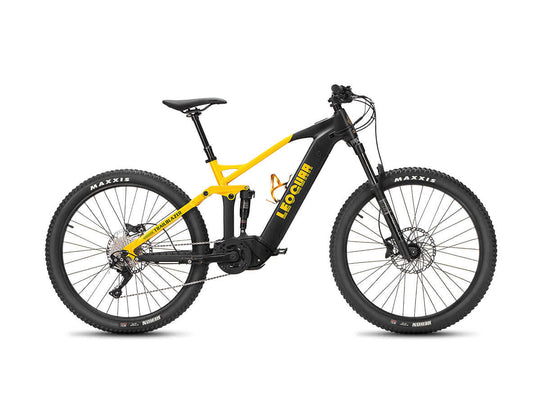
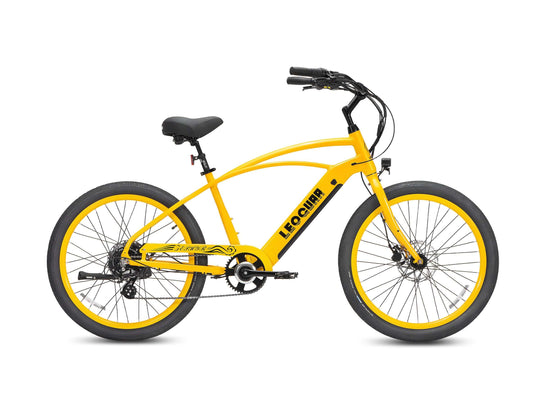
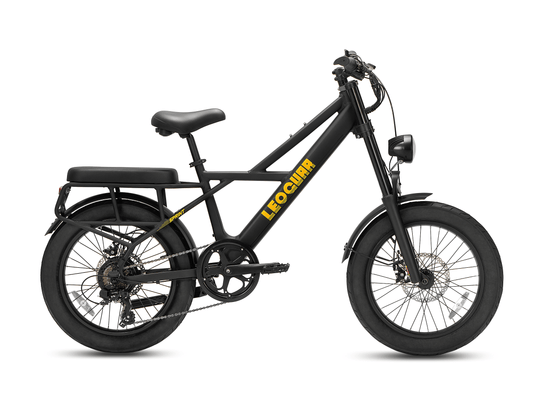

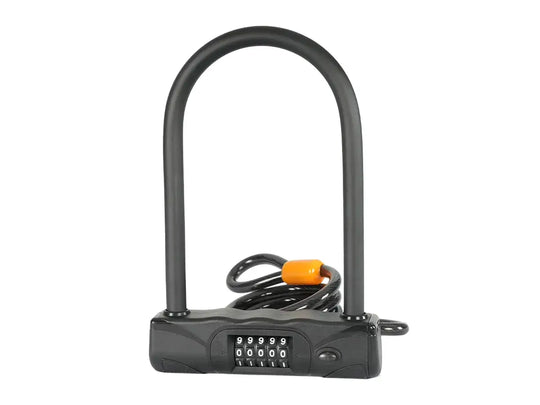
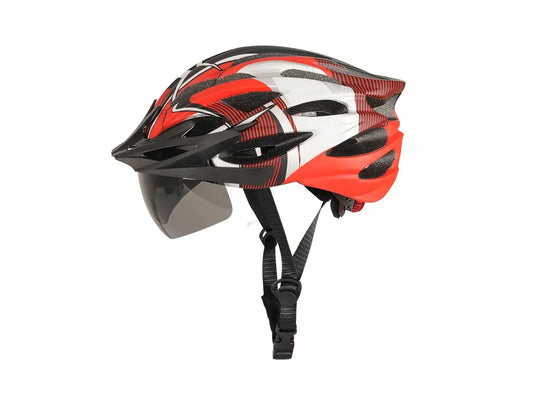
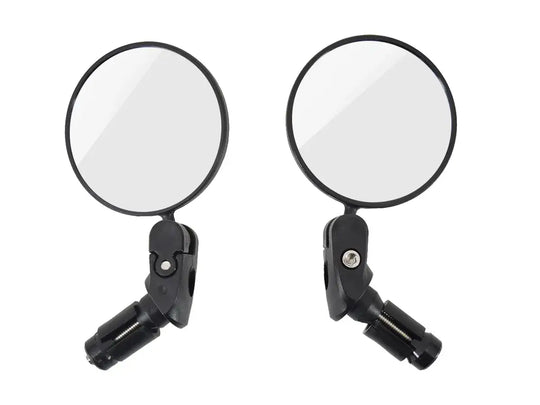


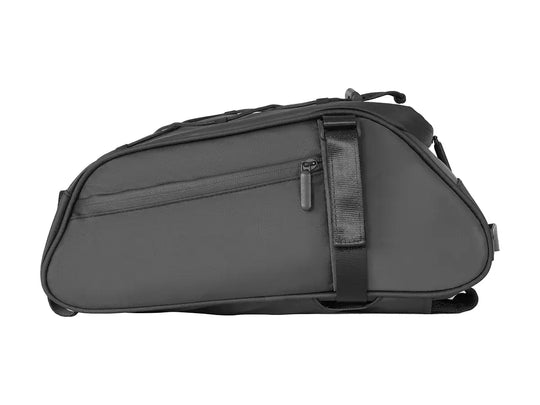
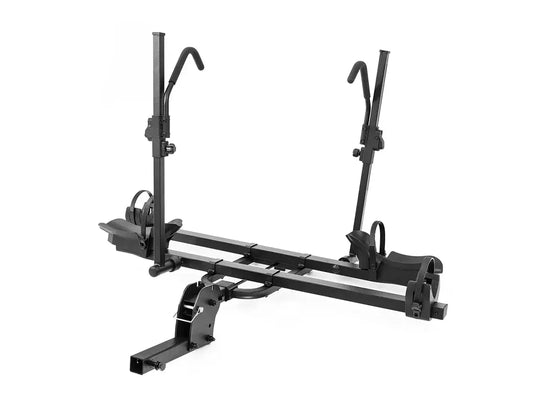
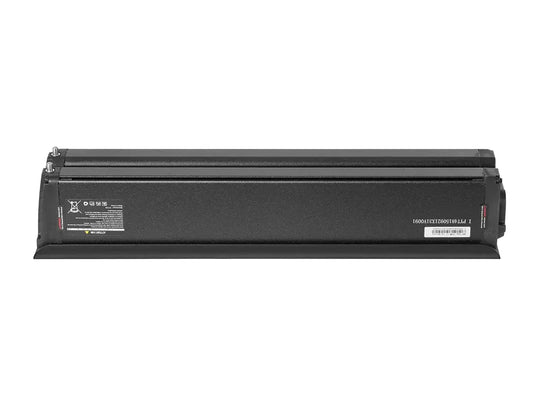
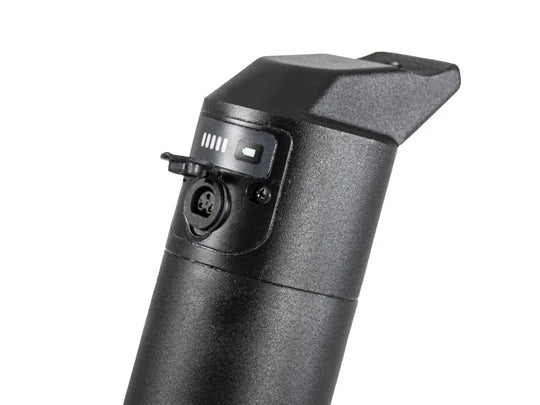
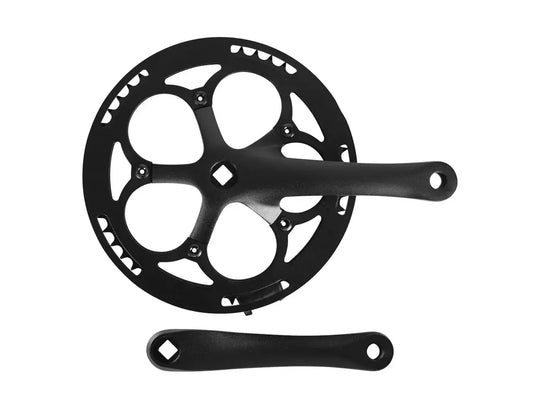
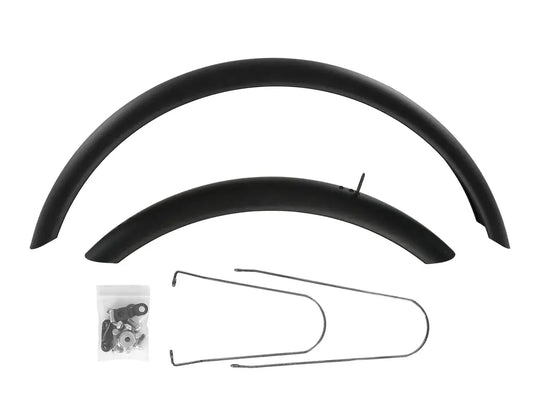
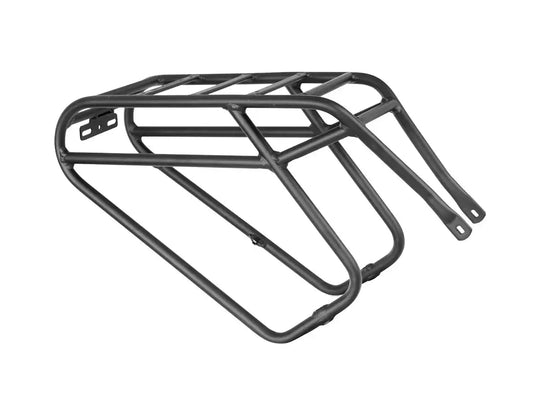
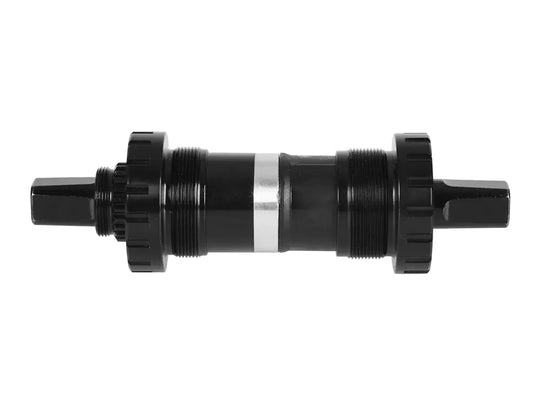
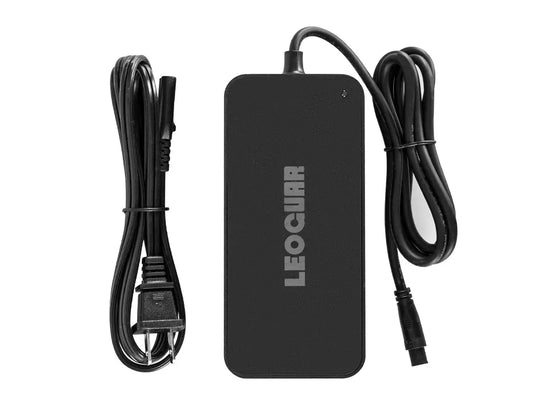
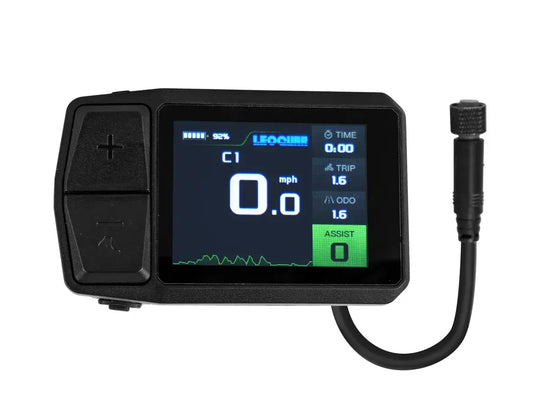
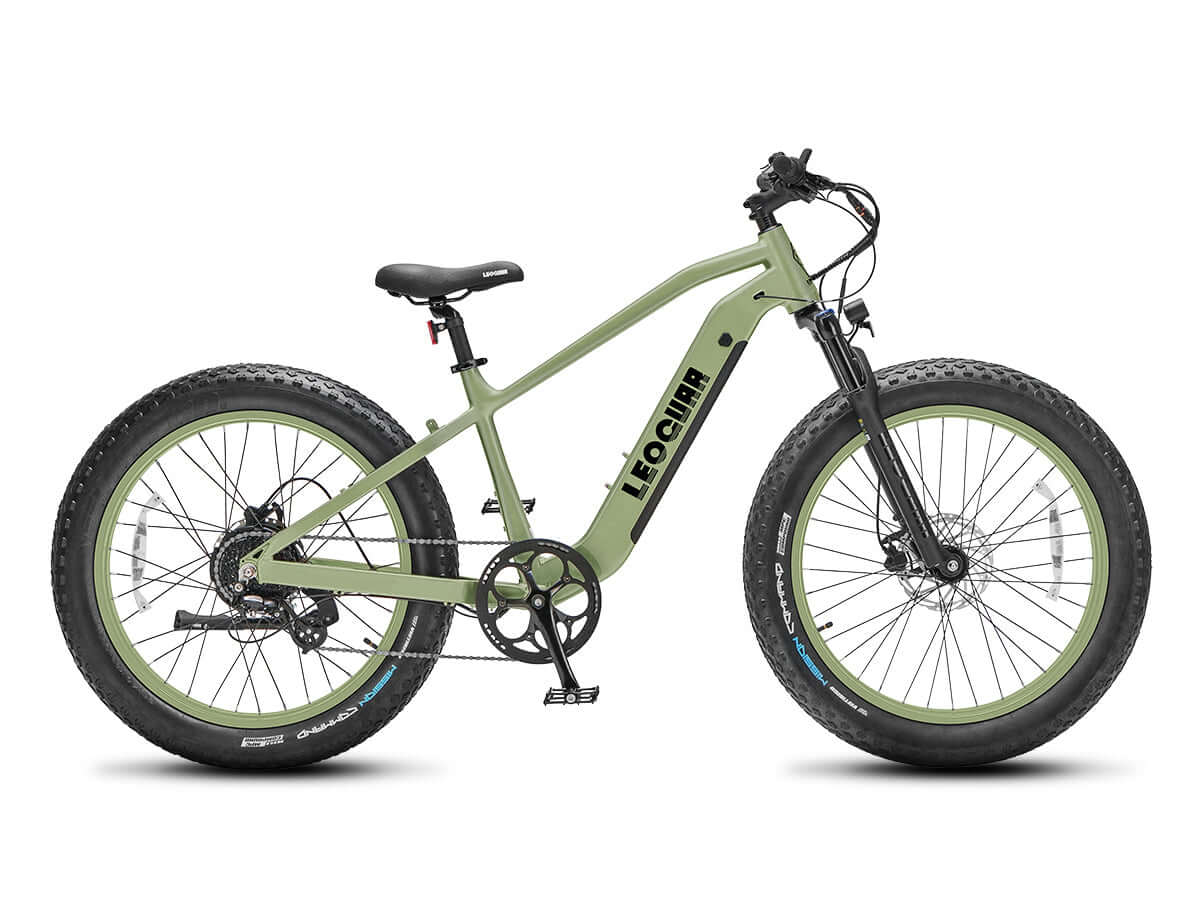








Leave a comment